The Gray Ghost of the Himalayas

High in the remote mountains of Central Asia, a shadow moves across the rocky terrain with breathtaking grace. The snow leopard, often called the “gray ghost,” embodies the very essence of wilderness survival. These magnificent cats have evolved to thrive in one of Earth’s most challenging environments, where oxygen is thin and temperatures can plummet to deadly lows. Their thick, smoky-gray coat marked with dark rosettes provides perfect camouflage against the rocky slopes they call home. What makes them truly remarkable is their ability to remain virtually invisible to human eyes, even when they’re just meters away.
Built for the Vertical World
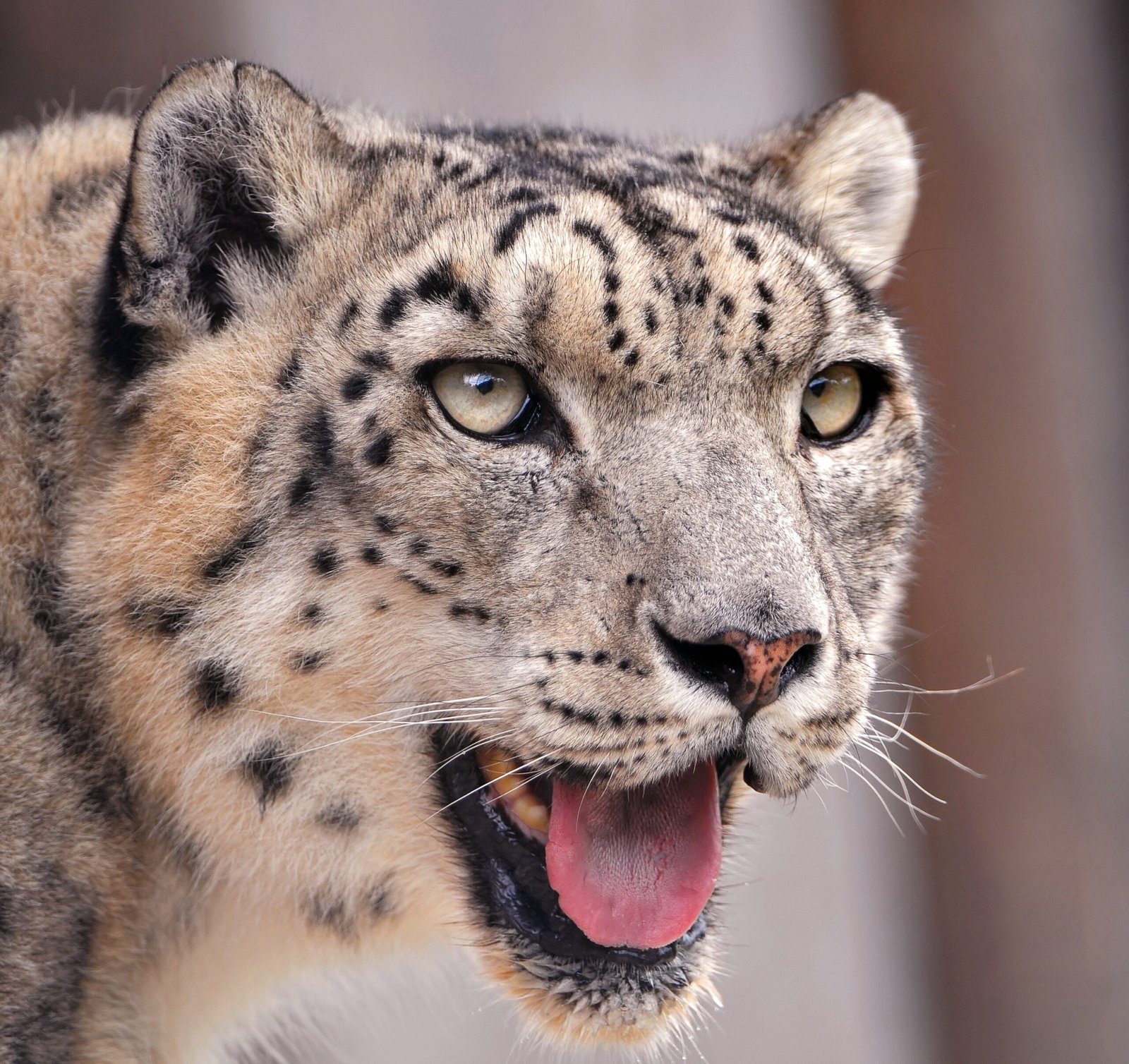
Every inch of a snow leopard’s body tells a story of adaptation to extreme altitude living. Their oversized paws act like natural snowshoes, distributing weight across loose snow and providing incredible grip on steep, icy surfaces. Those famous long tails aren’t just for show – they serve as a crucial balancing pole when navigating treacherous cliff faces and narrow ledges. Think of it like a tightrope walker’s pole, but one that’s also a built-in blanket for warmth. Their compact, muscular build allows them to leap distances of up to 50 feet in a single bound. When you watch a snow leopard move, you’re witnessing millions of years of evolution perfectly designed for mountain living.
The Solitary Hunter’s Daily Routine
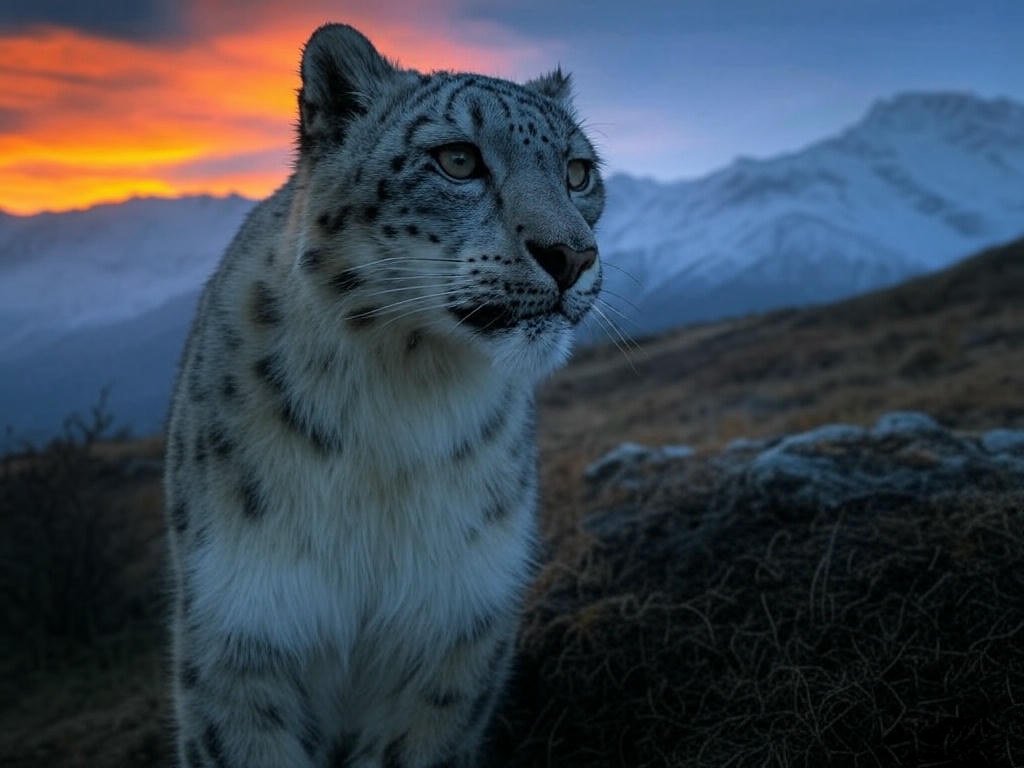
Unlike their more social big cat cousins, snow leopards are masters of solitude, spending most of their lives alone except during mating season. Their typical day begins at dawn, when they emerge from rocky dens to survey their vast territories that can span up to 40 square miles. These cats are incredibly patient hunters, often spending hours motionless, waiting for the perfect moment to strike. Their primary prey – blue sheep, ibex, and argali – are equally adapted to mountain life, making every hunt a high-stakes game of survival. The success rate of their hunts is surprisingly low, which means they must be strategic about every calorie they expend.
Breathing in the Death Zone
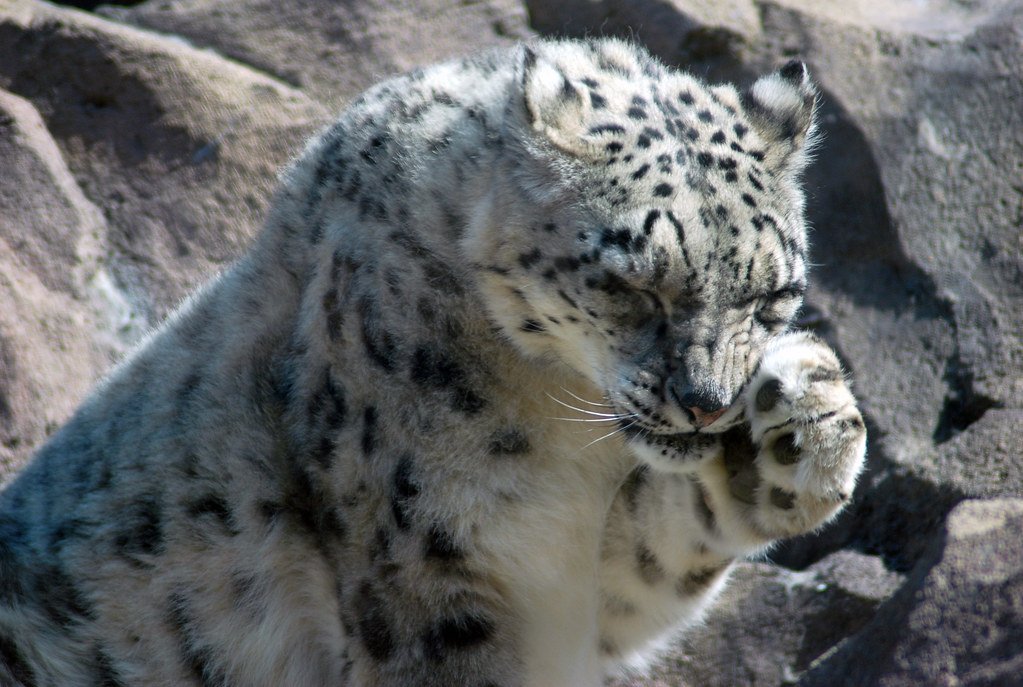
At altitudes where most mammals would struggle to survive, snow leopards thrive with remarkable respiratory adaptations. Their enlarged nasal cavities warm the frigid air before it reaches their lungs, while their blood contains more red blood cells than lowland cats. This biological superpower allows them to hunt effectively at elevations where helicopters struggle to fly. Their heart and lungs work overtime to extract oxygen from air that contains 40% less oxygen than at sea level. It’s like running a marathon while breathing through a straw, yet these cats make it look effortless.
The Art of Invisible Stalking
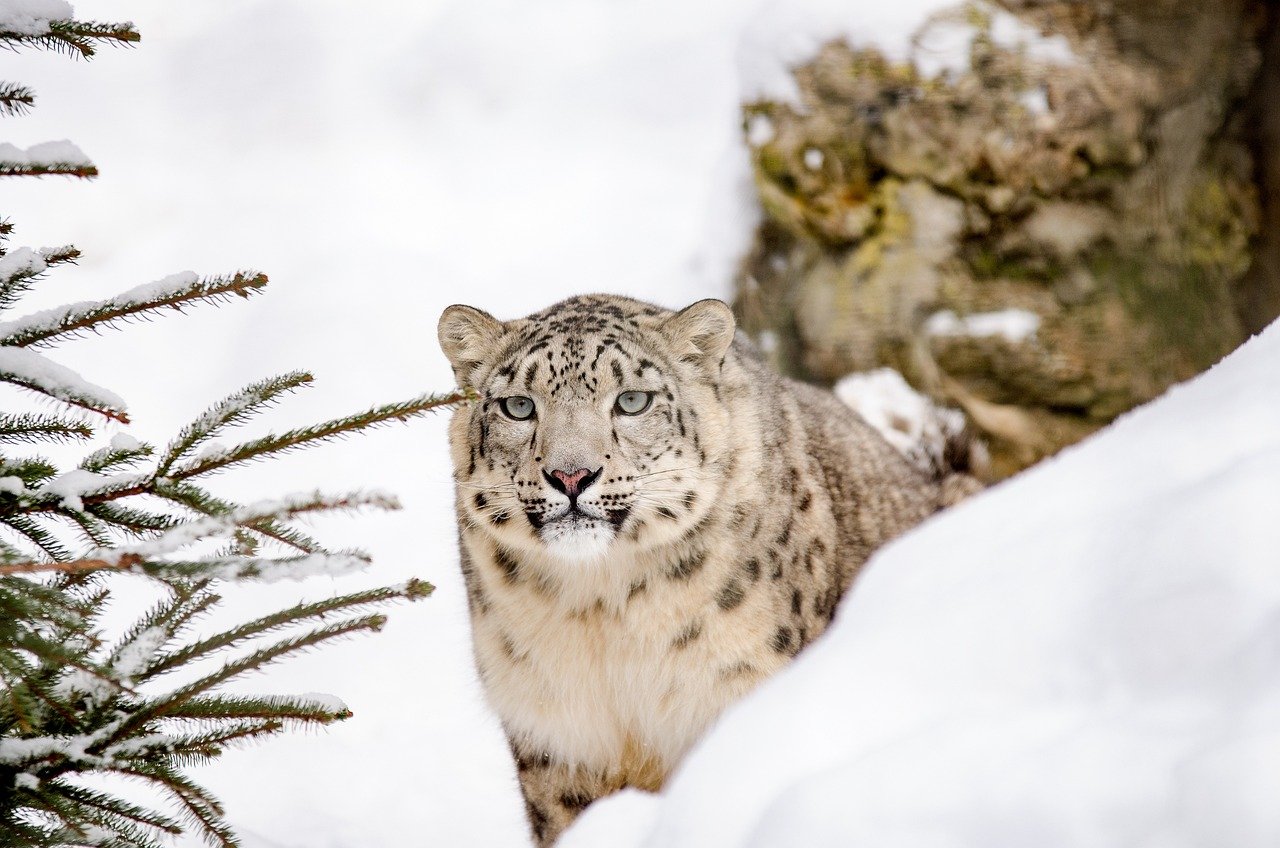
Snow leopards have perfected the art of stealth to a degree that would make ninjas jealous. Their broad, furry paws muffle sound as they move across rocky terrain, while their mottled coat creates an optical illusion against the mountain backdrop. They can remain motionless for hours, becoming one with the landscape until their prey ventures within striking distance. Local herders often report feeling watched but never seeing the cat, a testament to their incredible camouflage abilities. When they do move, it’s with a fluid grace that seems to defy the laws of physics on such treacherous terrain.
Surviving the Frozen Nights
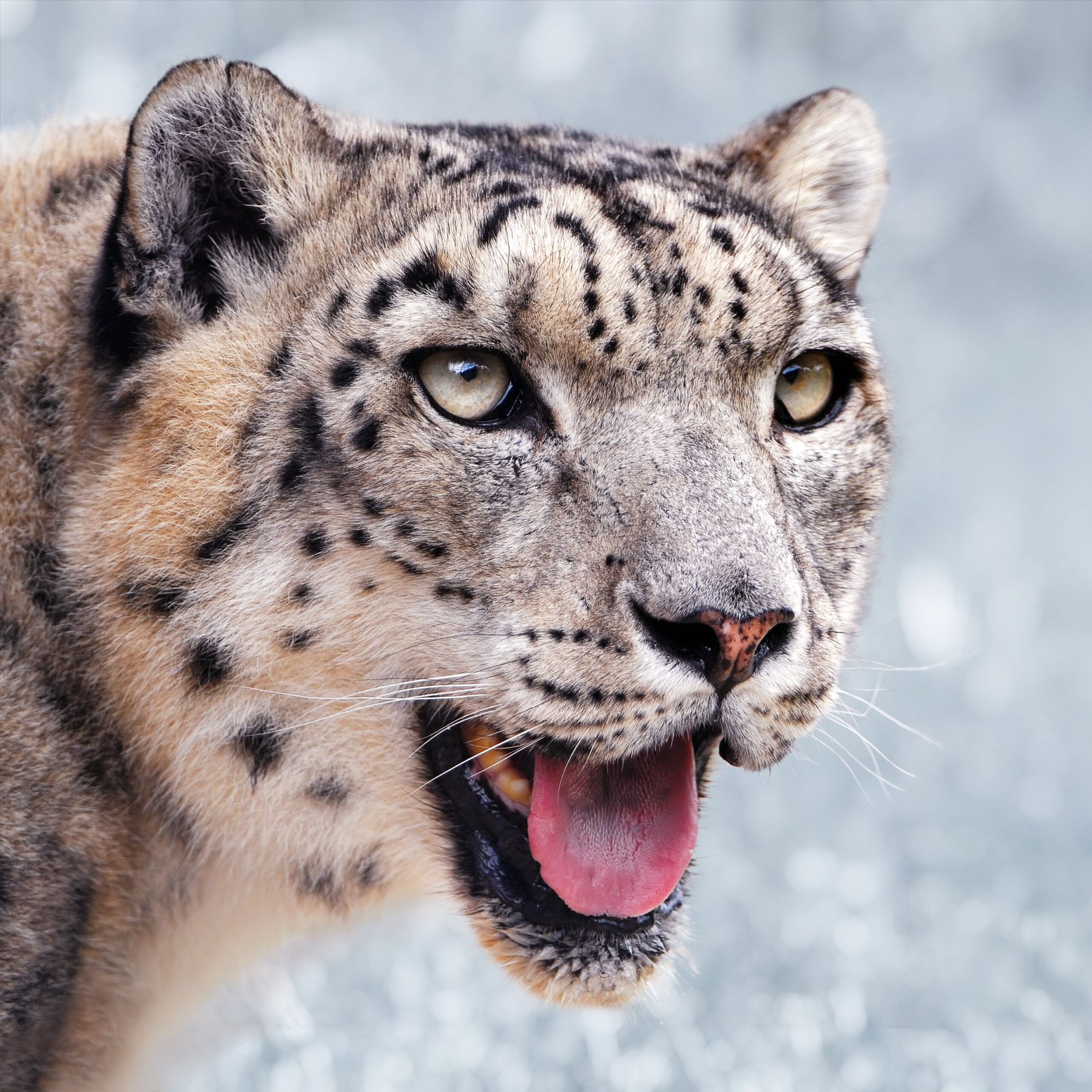
When temperatures drop to -40°F, snow leopards face their greatest daily challenge – staying warm through the brutal mountain nights. Their thick fur coat consists of two layers: a dense undercoat that traps warm air, and longer guard hairs that repel moisture and wind. That magnificent tail becomes a wraparound blanket, covering their face and paws as they curl into a tight ball. They seek shelter in caves, rocky crevices, or even abandoned structures, creating microclimates that can be 20 degrees warmer than the outside air. Their metabolic rate actually slows during extreme cold, conserving precious energy for survival.
The Mysterious Mating Dance
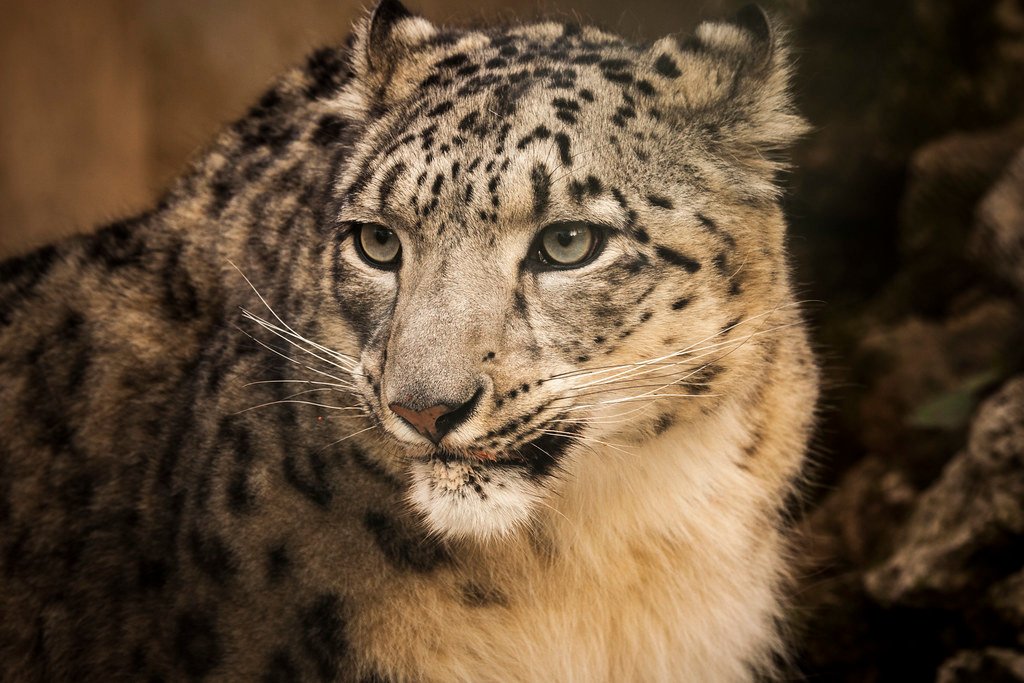
For creatures that live such solitary lives, snow leopards have developed fascinating courtship behaviors that break their usual patterns of isolation. During the brief mating season in late winter, males will travel extraordinary distances to find receptive females, sometimes crossing multiple mountain ranges. Their courtship involves gentle head butting, rolling together in the snow, and surprisingly playful behavior that contrasts sharply with their usual serious demeanor. Females will only mate every two to three years, making each opportunity precious for species survival. The pair may stay together for several days, an unusually social period in their otherwise solitary existence.
Raising Cubs in the Clouds
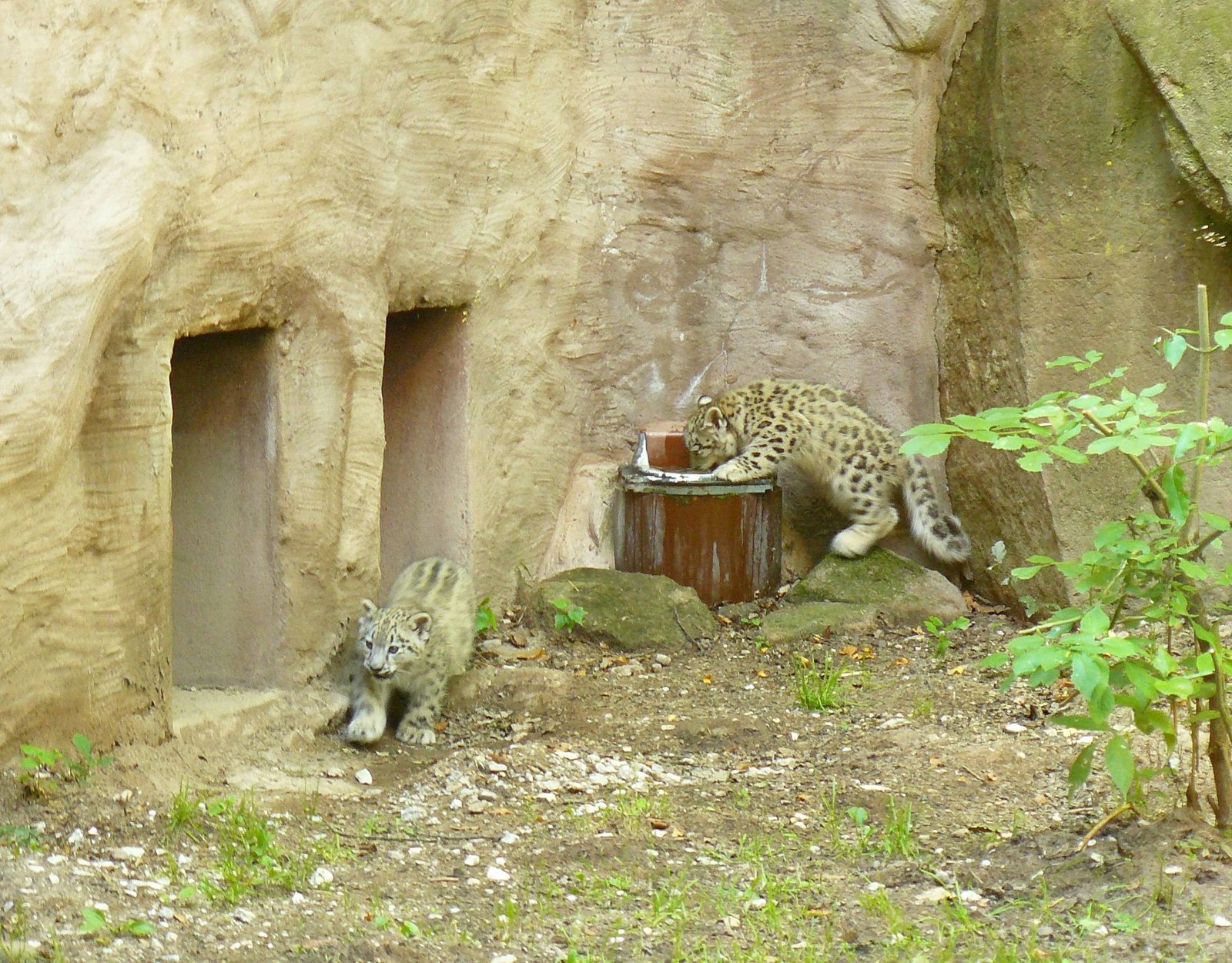
Snow leopard mothers face the ultimate parenting challenge: raising vulnerable cubs in one of Earth’s harshest environments. After a gestation period of about 100 days, females give birth to 1-5 cubs in well-hidden dens, often in caves or rocky crevices. The cubs are born blind and helpless, completely dependent on their mother’s warmth and milk for the first several weeks of life. For the first two months, the mother rarely leaves the den, essentially fasting while nursing her young. Teaching cubs to hunt in such difficult terrain requires patience and skill, with mothers often demonstrating techniques multiple times before cubs master them.
The Great Leap Masters
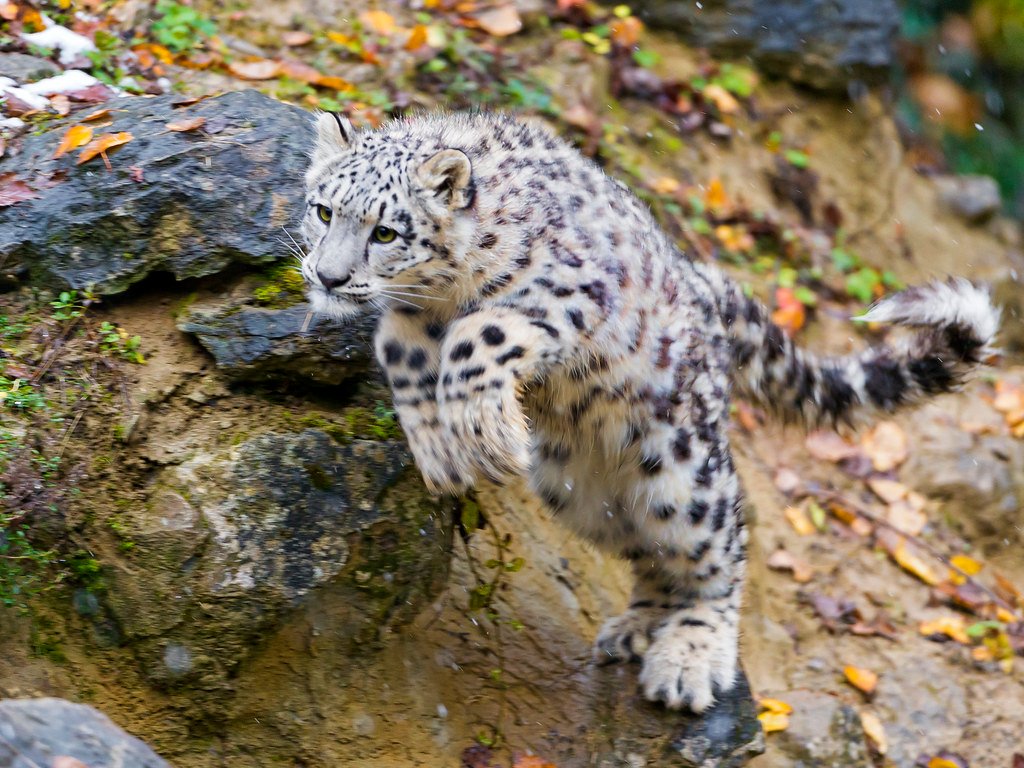
Perhaps no other cat in the world can match the snow leopard’s jumping ability, a skill that’s literally a matter of life and death in their rocky domain. Their powerful hind legs can propel them across chasms that would stop other predators in their tracks, while their flexible spine allows them to twist and turn mid-air. When pursuing prey down steep mountainsides, they can leap from rock to rock with pinpoint accuracy, never missing a step. Their landing technique is equally impressive – they absorb impact with bent legs and use their tail for last-second balance adjustments. Watching a snow leopard navigate a cliff face is like witnessing a master rock climber who never uses ropes.
The Scent Highway System
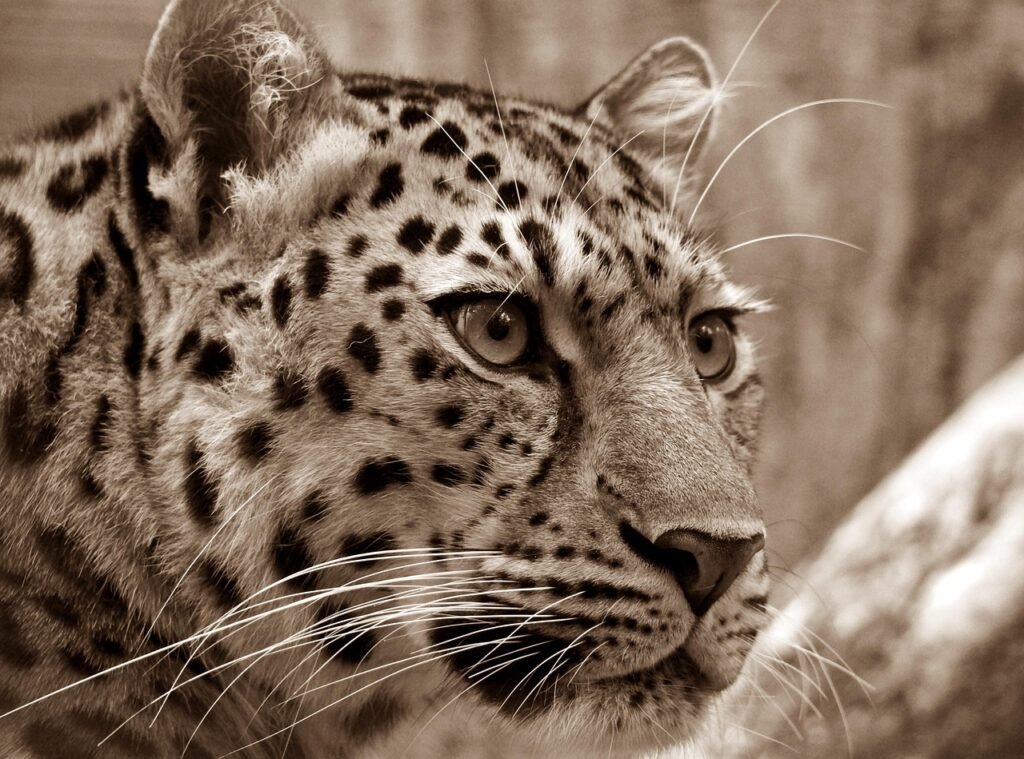
In the vast wilderness of the high mountains, snow leopards communicate through an elaborate scent-marking system that functions like a wilderness internet. They use scent to mark territory boundaries, advertise reproductive status, and even leave “messages” for other leopards who might pass through their territory. These scent marks are strategically placed on prominent rocks, cliff edges, and along well-traveled game trails. Both males and females participate in this chemical communication, with scent marks lasting for weeks in the cold, dry mountain air. It’s their way of maintaining social connections without the risks of face-to-face encounters.
Avoiding Human Encounters
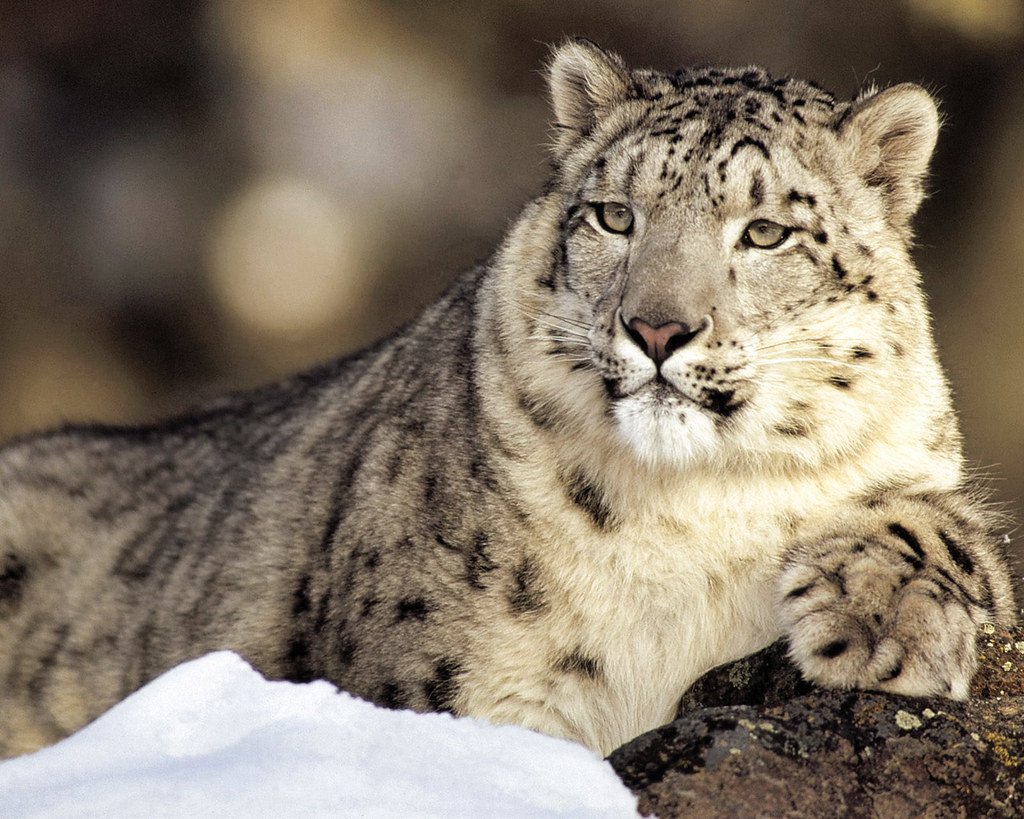
Snow leopards have developed remarkable strategies for avoiding human contact, despite sharing their mountain habitat with herders and their livestock. They’re primarily crepuscular, meaning they’re most active during dawn and dusk when human activity is minimal. Their incredible hearing allows them to detect approaching humans from great distances, giving them ample time to disappear into the rocky landscape. When they do venture near human settlements, it’s usually out of desperation during harsh winters when natural prey is scarce. Their elusive nature has made them incredibly difficult to study, with researchers sometimes spending years in the field without a single sighting.
The Energy Conservation Experts
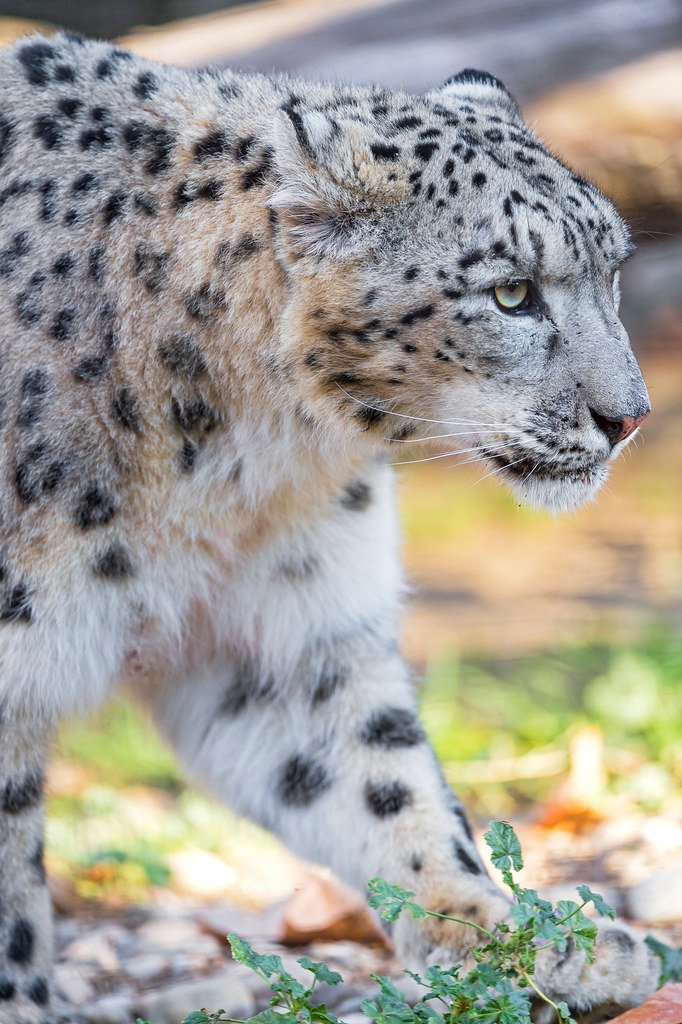
Living in an environment where food is scarce and temperatures are extreme has made snow leopards masters of energy conservation. They can survive on as little as one large kill per week, storing fat reserves during abundant times to sustain them through lean periods. Their metabolic rate is perfectly calibrated to their harsh environment, allowing them to remain active even when food is scarce. They’ve learned to time their hunts with weather patterns, becoming more active during storms when prey animals seek shelter and are more vulnerable. Every movement is calculated to maximize energy efficiency while minimizing exposure to the elements.
The Cliff-Dwelling Specialists
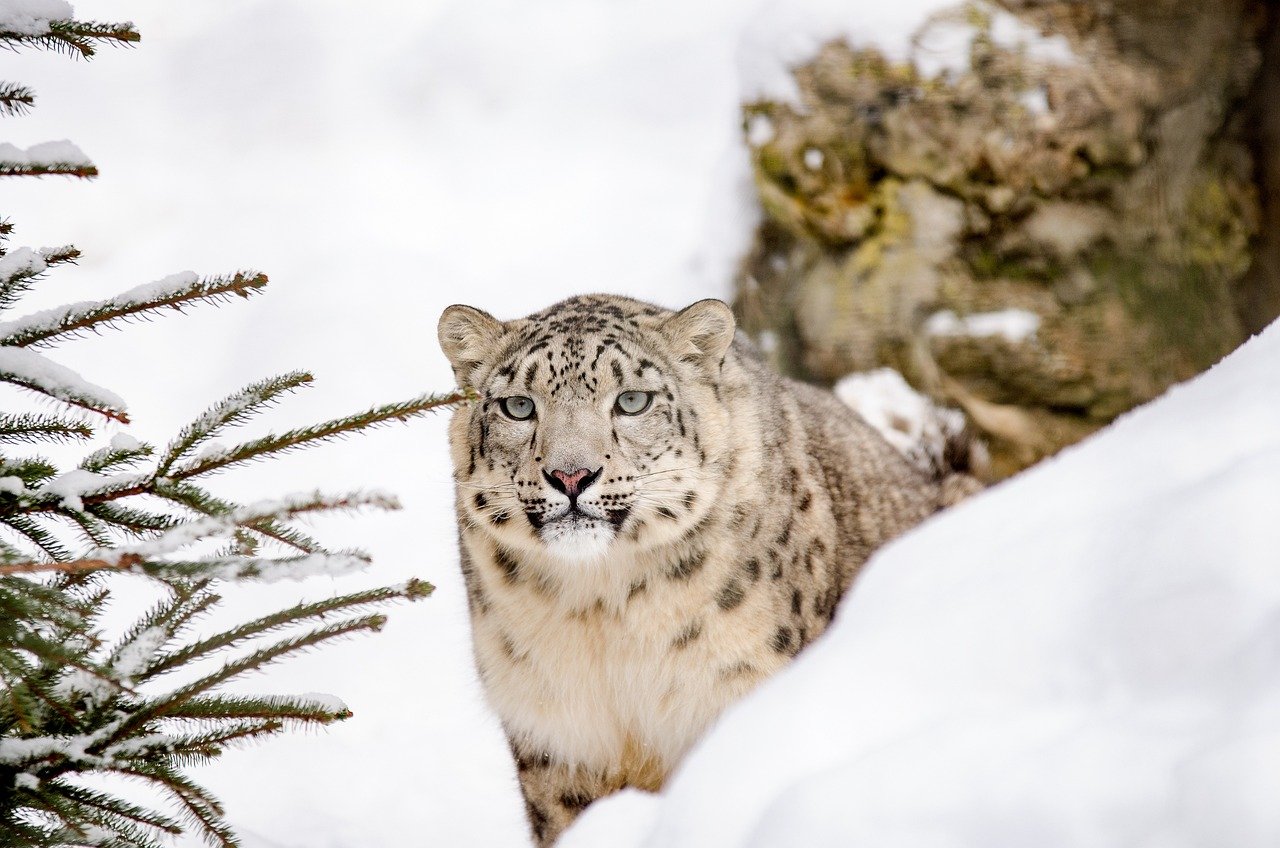
Snow leopards have evolved to use vertical terrain as both highway and hunting ground, turning sheer cliff faces into their personal playground. They can scale nearly vertical rock faces with ease, using tiny ledges and cracks that would be invisible to other animals. Their claws are semi-retractable, providing excellent grip on icy surfaces while remaining sharp for hunting. They often use cliff systems as ambush points, waiting above game trails to pounce on unsuspecting prey below. Their confidence on vertical terrain is so complete that they’ll chase prey up or down cliff faces that would terrify most other predators.
Surviving the Monsoon Season
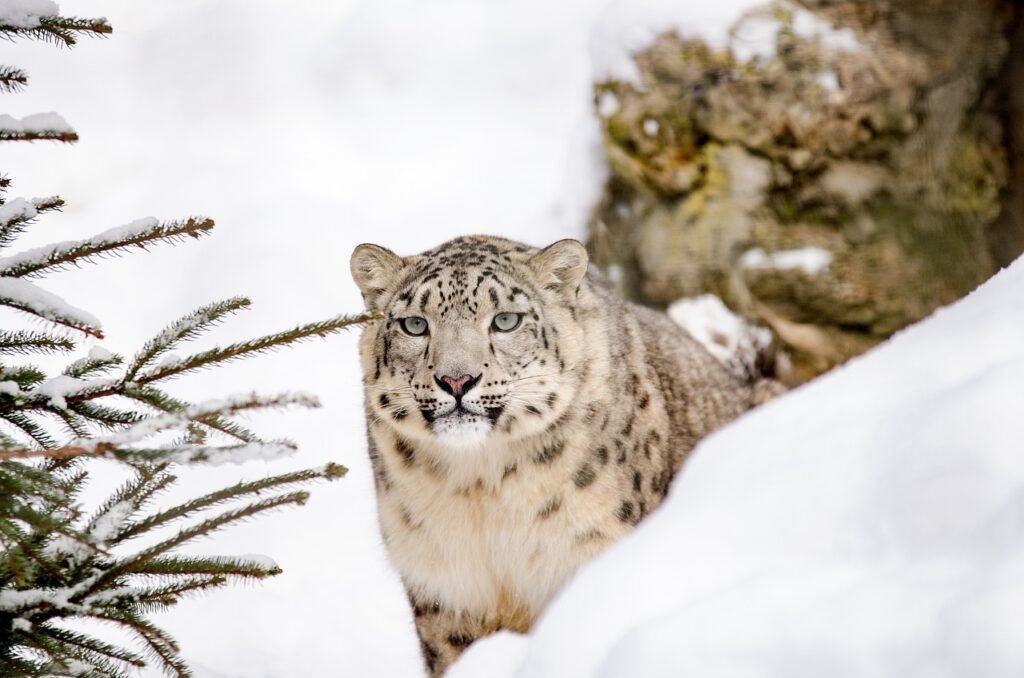
When summer monsoons bring torrential rains to the high mountains, snow leopards face unique challenges that test their survival skills. The sudden weather changes can trigger rockslides and flash floods, forcing them to quickly relocate to safer terrain. Their thick fur becomes a liability during wet weather, requiring them to seek dry shelter more frequently. They adapt their hunting patterns during this season, focusing on prey that also seeks shelter in caves and overhangs. The monsoon period actually provides some advantages too – increased vegetation growth attracts more prey animals to their territory, creating seasonal hunting opportunities.
The Phantom of the Photo Trap
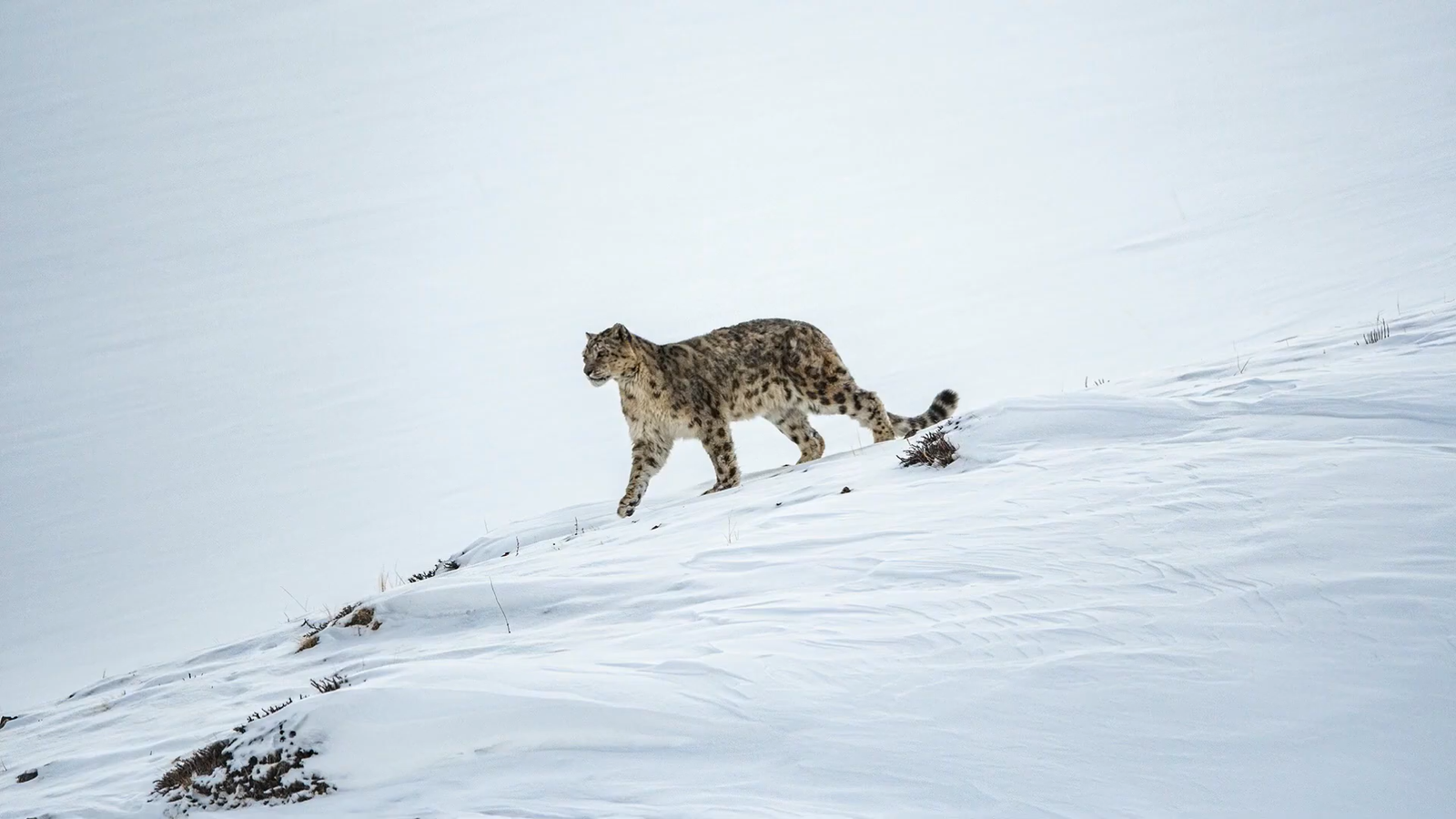
Modern research has revealed just how ghost-like these cats truly are, with camera traps capturing images that seem almost supernatural. These devices, designed to photograph wildlife automatically, often capture snow leopards in poses that showcase their otherworldly grace and beauty. The cats seem to move through the landscape like spirits, appearing and disappearing with such fluidity that they almost seem to materialize from the rock itself. Their golden eyes shine with an intelligence that seems to pierce through the camera lens, creating images that are both beautiful and slightly unsettling. Each photograph is a rare glimpse into a world that few humans will ever witness firsthand.
The Last Guardians of the High Peaks
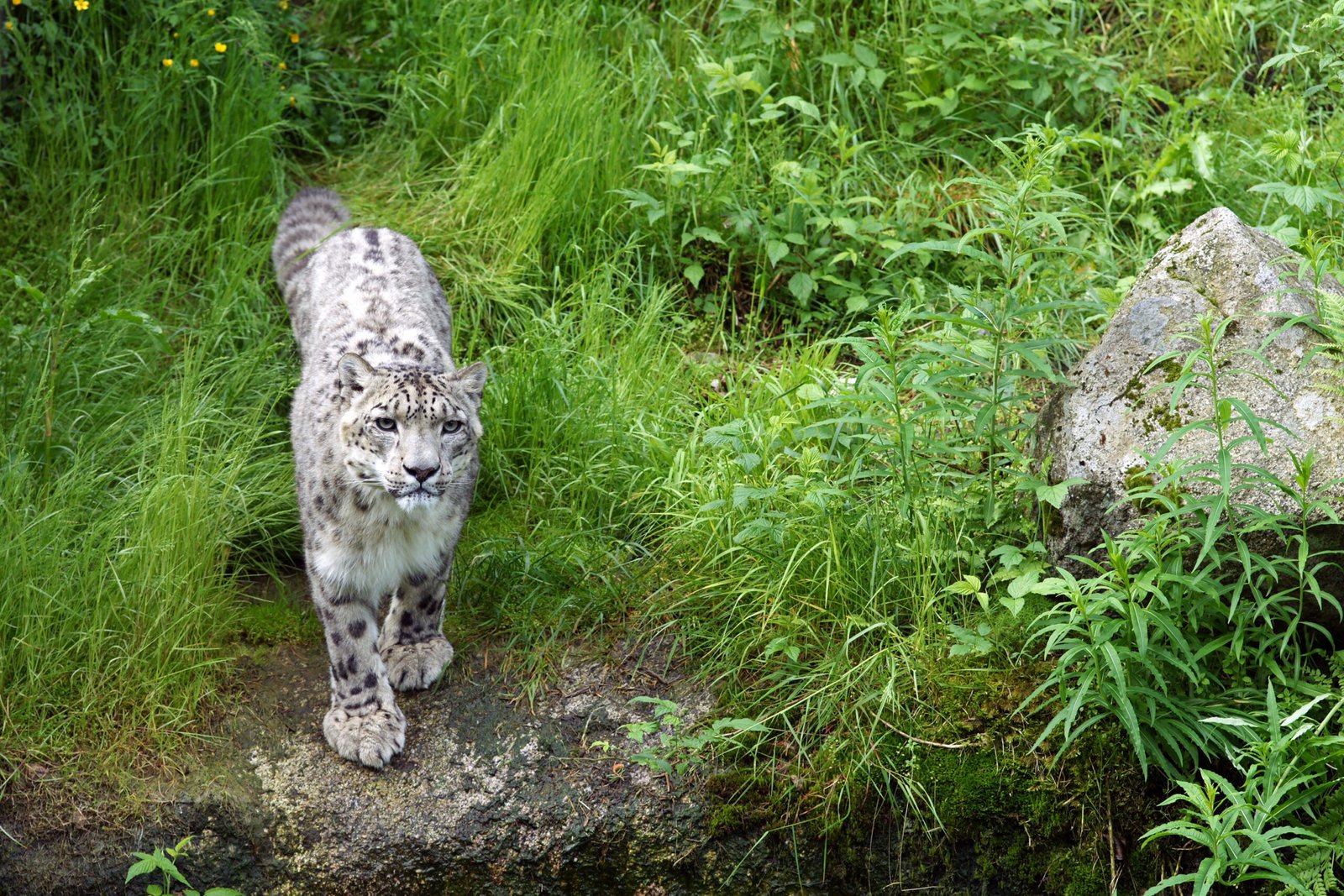
As climate change alters their mountain habitat and human development encroaches on their territory, snow leopards face an uncertain future. These magnificent cats have survived ice ages, geological upheavals, and countless environmental changes, but the current rate of habitat loss presents unprecedented challenges. They’ve become symbols of wilderness conservation, representing the fragile balance between human needs and wildlife preservation. Their presence indicates a healthy mountain ecosystem, making them important indicators of environmental health. Every snow leopard that successfully raises cubs in the wild represents hope for the future of these incredible high-altitude survivors.
Did you expect that such ethereal creatures could be so perfectly engineered for survival in Earth’s most unforgiving landscapes?
Hi, I’m Bola, a passionate writer and creative strategist with a knack for crafting compelling content that educates, inspires, and connects. Over the years, I’ve honed my skills across various writing fields, including content creation, copywriting, online course development, and video scriptwriting.
When I’m not at my desk, you’ll find me exploring new ideas, reading books, or brainstorming creative ways to solve challenges. I believe that words have the power to transform, and I’m here to help you leverage that power for success.
Thanks for stopping by, Keep coming to this website to checkout new articles form me. You’d always love it!





